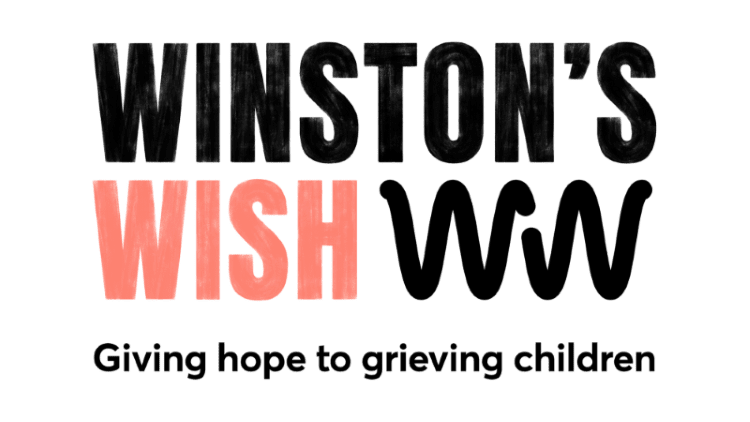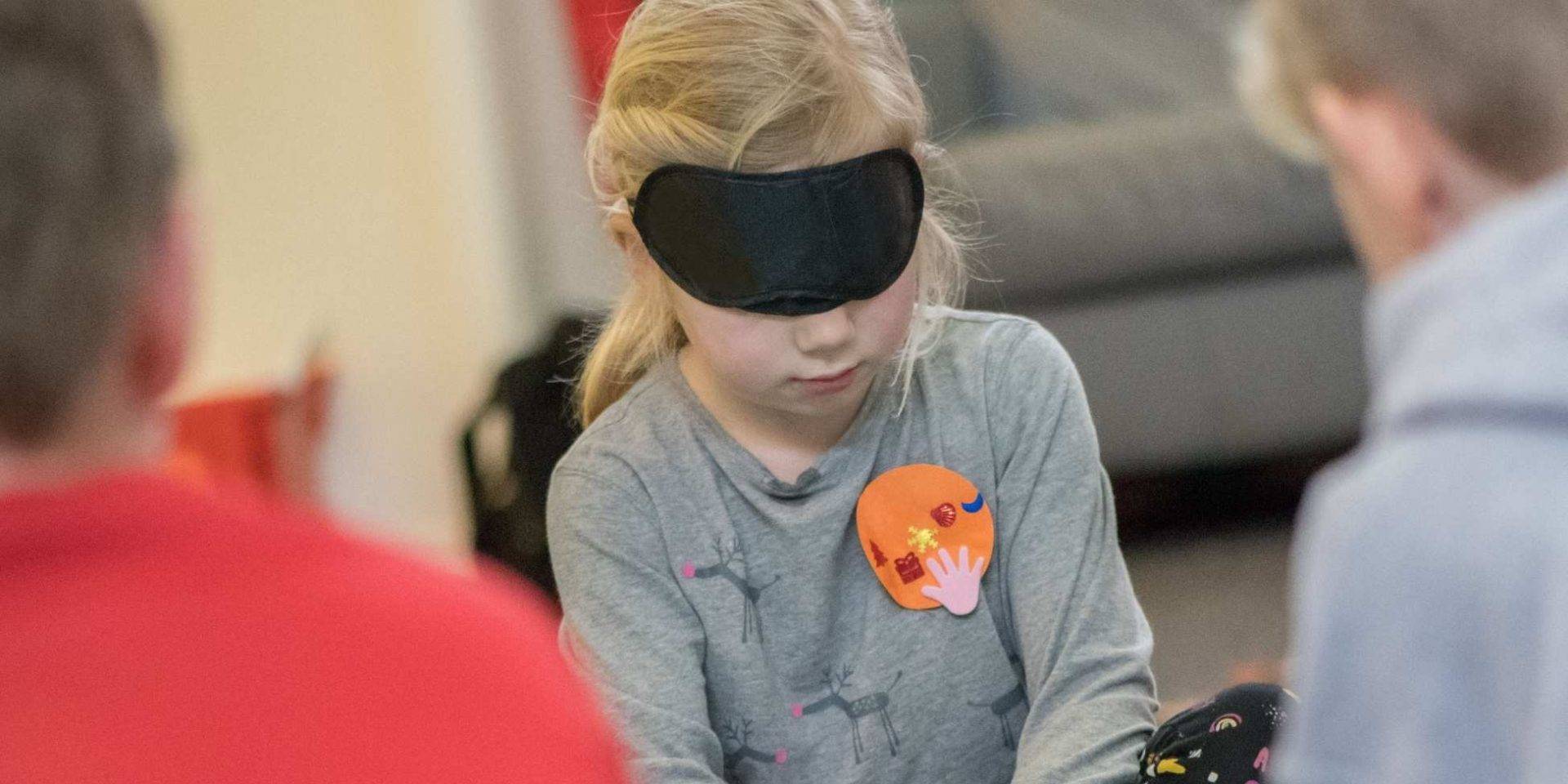Telling a child someone they love has died is difficult enough, but explaining that they died by suicide can be even harder. Often adults don’t want to talk about suicide, but we know from our experience that it is better to tell a child or young person the truth in a way that they will understand. So, our expert team at Winston’s Wish offer guidance on how to explain a suicide to a child, including:
- Be honest and give children truthful information about a death by suicide
- Explain what’s happened in a series of steps, building up information like a jigsaw
- Be honest and consistent with your explanation of how that person died
- Use language children will understand and be comfortable with
- Encourage them ask questions and be prepared to answer them
- Share more information as a child gets older and their understanding develops
Should I tell a child that someone has died by suicide?
It’s best to try and give children, even young children, truthful information about a death to avoid confusion and misinformation.
Children of different ages in your family will need the same basic facts but with different levels of complexity. If everyone has a common understanding that the person made themselves die, then older children don’t have to keep secrets and younger children don’t feel excluded. Read more about whether you should tell a child that someone has died by suicide.
Are my children too young to talk to them about a suicide?
The younger the child is, the harder it is to talk about something as complex as suicide. Finding the right way to talk to very young children about suicide can be daunting. We advise to follow these principles: tell them the truth, as far as you know it, in language they can understand, and in a way that takes into account their understanding of the world around them.
Children need to process information, so give them a simple initial explanation and build of it later. For younger children the information needs to be simple, maybe only a few sentences. It will help them to have a simple story of their own they can retell and use to slowly make sense of what has happened.
How to tell a child someone has died by suicide
Explaining to a child that the death is a suicide is often a series of steps, each one adding a new level of understanding, building on what the child may already know.
Our experience shows that there are several steps involved in telling a child that someone has died by suicide.
- Explain that the person has died
- Give simple details about how they died
- Say that the person took their own life
- Provide a more detailed explanation of how the person died
- Explore possible reasons why the person decided to kill themselves
Start with the most important fact that the person has died and add some very simple sentences to explain that the person took their own life, and how. This may be something like ‘they died in a car’, or ‘they made themselves stop breathing’.
Each of these pieces of information may be enough for a child in one go. Give them time to process it at their own speed, until they ask a further question or you offer a bit more information. If you don’t have answers you can say ‘I don’t know’, or ‘I wish I knew, I have lots of questions too’.
Build up information
The pace between these stages is often led by the child’s age and ability to understand death and how much interest they show in knowing more. Also think about other factors, such as the possibility of your child finding out what happened from other people or online.
You can give this information over a number of hours, days, weeks or months, so that the picture gradually gets clearer in a way that helps your child to feel comfortable with it. It can be compared to giving a child the pieces of a jigsaw, each piece gradually making up the whole picture.
You may want to ask your child if they would like to know more about what happened and then be guided by their response. Just make sure they know they can come back to you for more information when they feel ready. Try and be open to your child’s questions, however difficult. Our experience shows that if a child asks a question they are ready to hear the answer.
Conversations like these will be difficult and upsetting for everyone, but afterwards you’ll probably feel relieved you were able to be honest and that your child can trust you.
Be honest and consistent with your explanation
Events surrounding suicide can become confused and facts may be changed to make them easier to explain. Try and be consistent in your explanations to children. Tell them honestly what you believe to be true and answer their questions as far as you can. If you don’t know all the answers, tell them so and that you will share more information when you can. Make sure that other family members and teachers know what you have told them so they can give consistent information.
Use language children will understand and be comfortable with
The phrase ‘committed suicide’ dates from the time when suicide was considered a criminal act. Suicide was decriminalised in England and Wales in 1961, and in Ireland in 1993, and is no longer against the law. Some of the stigma that surrounds suicide dates back to this period and careful use of alternative language will, over time, help to reduce this stigma. It’s important for you and your children to be able to talk about a suicide without shame or stigma.
Other phrases that could be used are ‘died by suicide’, ‘took their own life’, or ‘ended their life’. Children may hear the word suicide being used so it’s important that they understand what it means.
It’s good to ask children what words they would use to describe the death. This helps them to process what has happened and means that they are using language they are comfortable with. Sometimes a child might describe their father’s death as ‘dad made himself die.’
Share more information as your child gets older
As children get older they start to understand the world with greater complexity. This means that your child may need to revisit the death as they grow up and ask more searching questions. It helps to be prepared for this as they, and you, may find it difficult to understand what is troubling them, and a child’s sudden misbehaviour or regression may be misunderstood.
Be prepared to answer difficult questions
Many people worry that one question will lead to another and you may feel ill equipped to provide answers. It’s important to know that you don’t have to have all the answers or understand everything that has happened yourself.
Practice what you want to say beforehand. This will help you to stay true to what you want to tell your child and breaking the task into smaller steps may help to make it more manageable. Don’t try to change the subject. It’s important to give your child a clear message that it’s okay to talk about this and you will try and answer their questions.
Your child may ask you a question at a difficult time or in a public place. This will take you by surprise so it can be helpful to think in advance how you might manage these situations. Otherwise your instinct may be to close the question down. This will give the message to your child that this is something that can’t be spoken about and may discourage them from asking other questions.
“That’s a very important question, I need to think about that a bit. Let’s talk about it tonight when we have more time.”
What to do if you didn’t tell a child about a suicide immediately
It may be that you found it difficult to talk about suicide immediately after the death and you gave your child a different explanation. If this is the case it is possible to go back and explain things again. You could try something like this:
“You know I told you that Steve died from a heart attack? Well, I’d now like to tell you a bit more about it. When Steve died it was hard to explain exactly what happened and it was hard for me to think straight. But now I’d like to tell you more about how your brother died.”
Older children may feel hurt to have been initially protected from the full facts. In these circumstances it can help to say something like:
“I have been impressed by how you’ve been coping since dad died and I think you’re mature enough to know some more about what happened when he died.”
Where to get support after a death by suicide
Winston’s Wish has supported many children, young people and families after someone has died by suicide. Our expert teams are on hand to offer advice, guidance and bereavement support on a one-off or ongoing basis, depending on your family’s needs. We also run online Grief Support Groups where bereaved young people can connect with each other.
If you need advice on supporting a child or young person who has been bereaved by suicide, you can contact us by:
- Call: 08088 020 021 (8am-8pm, weekdays)
- Email: ask@winstonswish.org
- Use our live chat (8am-8pm, weekdays)
- Crisis Messenger text service: text WW to 85258
Our specialist book, Beyond the Rough Rock, is designed to help adults supporting a child bereaved by suicide.
Other articles you might find helpful

Telling a child someone has died
This may be the hardest thing you ever do but our team are on hand to help guide you through and suggest some gentle and caring ways to tell a child that someone they love has died.

Supporting children after a traumatic death
When someone in your life dies, feelings of grief can be overwhelming. These feelings may be even more difficult to handle if the death is traumatic, sudden or violent.


